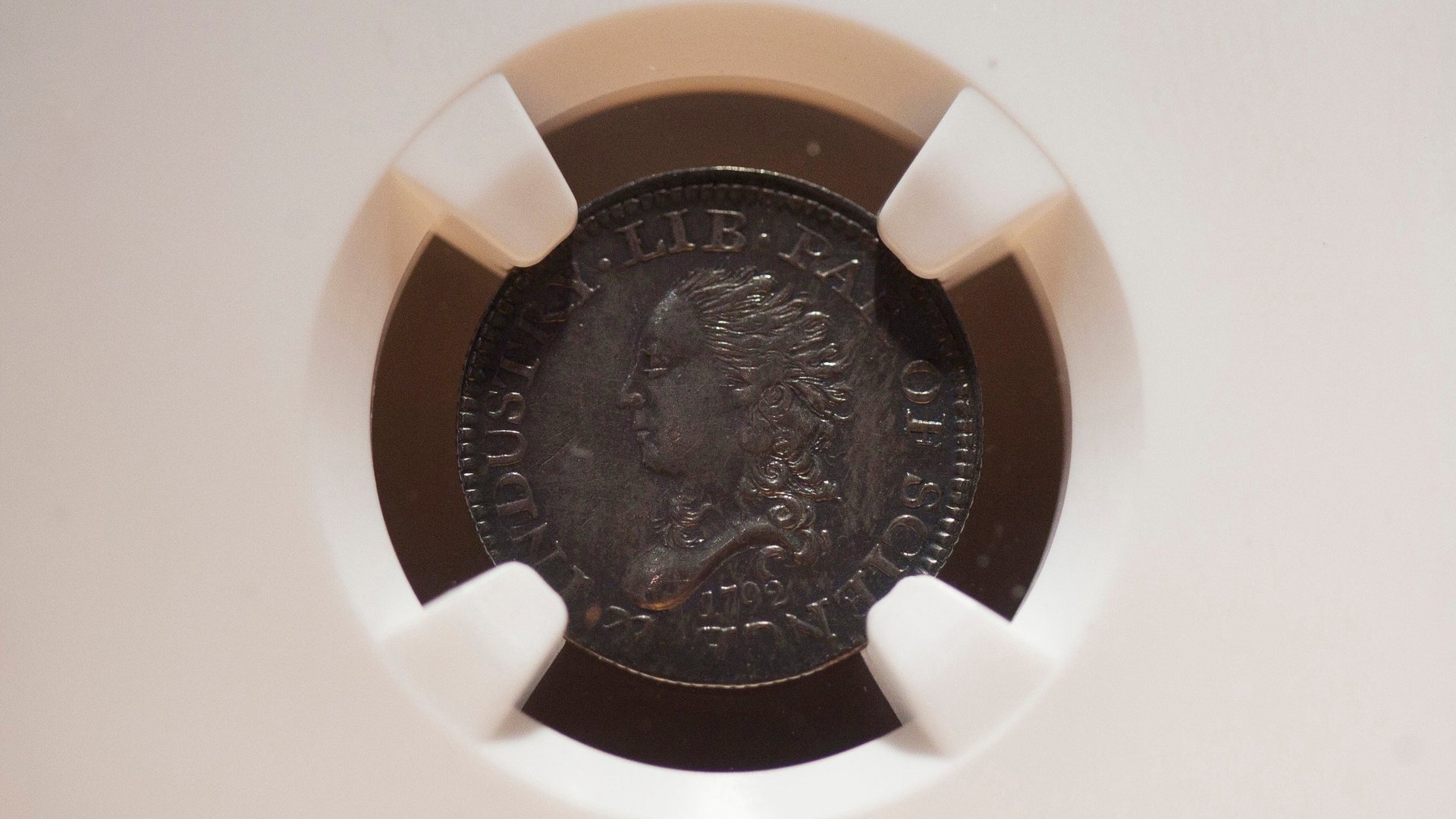Why the $1 trillion platinum coin won’t solve the US debt ceiling
This item has been corrected.


This item has been corrected.
When faced with absurdity, it can feel like the only recourse is more absurdity.
The US public borrowing limit, as it is constituted today, is fairly absurd: While Congress separately authorizes and appropriates a yearly budget running into the red, it is also threatening to stop paying America’s bills, potentially throwing the US economy into recession and the financial system into crisis. It’s the equivalent of a well-off person living beyond their means trying to get back into the black by simply refusing to pay his mortgage, auto loan, and credit card bills in an effort to reduce spending, rather than cutting back, refinancing, or selling the house.
As in the summer of 2011, brinksmanship over the debt ceiling is likely to drive the next two months of fiscal negotiations, though President Obama has promised he will not negotiate with Congress over lifting the limit.
Then as now, lawmakers and the financial community have stumbled upon a way for Obama to add teeth to that promise: Using a law designed to allow the Treasury Secretary to mint commemorative coins, the executive branch could create a platinum coin worth $1 trillion, deposit it at the Fed for cash, and continue paying the bills while negotiating some kind of settlement with Congress absent another economy-crushing trigger.
Writers like Bloomberg’s Josh Barro, Business Insider’s Joe Weisenthal and the Economist’s Ryan Avent, appalled by the potential cost of this brinksmanship, have made convincing cases that the platinum coin gambit would be an effective way for President Obama to resolve the debt ceiling debate. Advocates point out that it probably wouldn’t cause inflation, that it could be the basis of a deal that eliminates both options, and that the resulting constitutional crisis would be far better off than a global economic collapse.
The only thing these arguments are missing? Any evidence that the people who have the power to mint the coin are willing to do so.
President Obama, Treasury Secretary Tim Geithner, and administration lawyers have all said repeatedly that the president will not resort to constitutional or legal loopholes to avoid the debt ceiling. During the 2011 confrontation, when the US came within days of a potential default, the administration did not threaten to (literally) monetize its own debt, and it’s not clear why they are in a worse position now. It had a plan, however dubious, then; it has one now.
Obama is hardly known for direct confrontation or sweeping policy moves in areas of legal uncertainty. Urged by many economists to go further in wiping out insolvent banks in 2009, the administration adopted a far slower and arguably less effective policy of regulatory forbearance and gradual recapitalization. Facing a revolt over including public insurance in its health care overhaul, the administration declined to push the measure. Housing advocates spent years pushing Treasury to use its financial rescue authority to support homeowners, to no avail. It took years of pressure for the Obama administration to exploit a legal grey area to put nominees for official positions into place after they were blocked by the Senate.
Why, then, would the administration adopt this plan, which, whatever its merits, is unprecedented and ridiculous-sounding on its face? The plausible answer is that it is preferable to an economic disaster. But let’s say that in the eleventh hour, without agreement, the administration decides to go back on its previous positions and find a loophole to stop the crisis—will Obama then turn to a magic coin?
Probably not. If the Obama administration exploits a loophole, it will be the most straightforward one available. While there’s no true legal consensus on any of these untried tactics, it’s likely the constitutional scholar president will turn to the 14th amendment, citing two conflicting laws of Congress: the debt ceiling and the need to appropriate funding for various Congressionally-authorized purposes. Obama could choose to ignore the debt ceiling and continue issuing new debt. As constitutional scholar Jack Balkin explained during the last debt ceiling debate, such a move would involve market risks, a by no means certain legal conflict (although standing for a challenge will be hard to find), and an angry Congress looking to impeach, but it’s easier to explain to people. We know that the Treasury Secretary has tried it before, then walked it back.
The Obama administration could also start paying its obligations in IOUs, which worked for California during its recent borrowing crisis. It could attempt to deposit an option to buy public lands with the Federal Reserve in exchange for cash. It could try and outlast Republicans, cutting government spending on powerful interests like the health care sector, defense contractors, and retirees, creating a natural lobby for a debt ceiling increase. The most likely outcome is similar to what we saw in 2011: The two parties will come to a deal for more fiscal consolidation, including spending cuts, and push other decisions about tax and social insurance reform later into the year.
Those who fear that President Obama lacks leverage in negotiations may be over-estimating Republican willingness to take the blame for a default, financial crisis, austerity-driven recession, or some combination of the three.
Correction (1/7/13): An earlier version of this article incorrectly cited the outlet of journalist Josh Barro; it is Bloomberg, not Reuters.